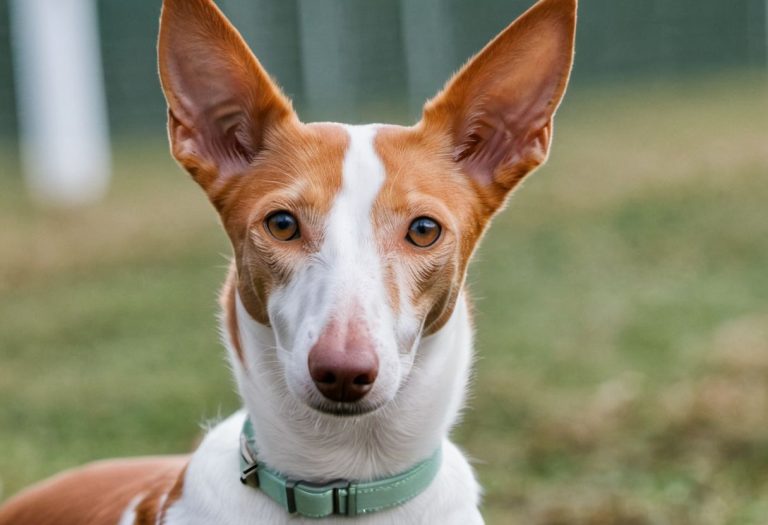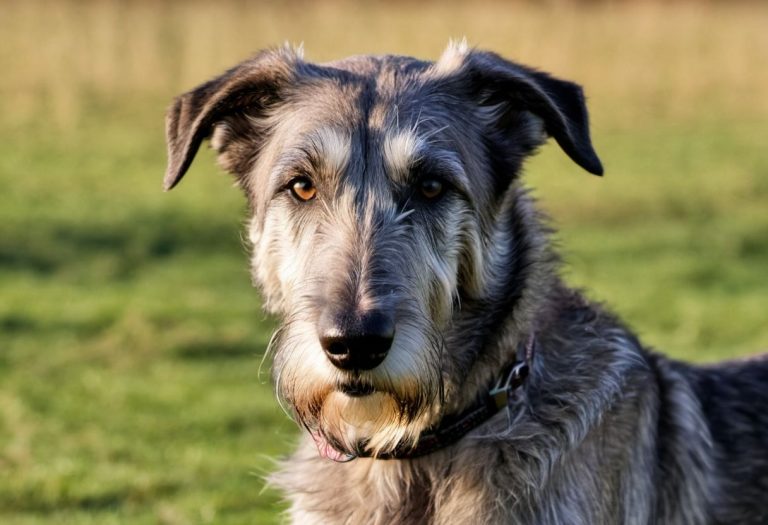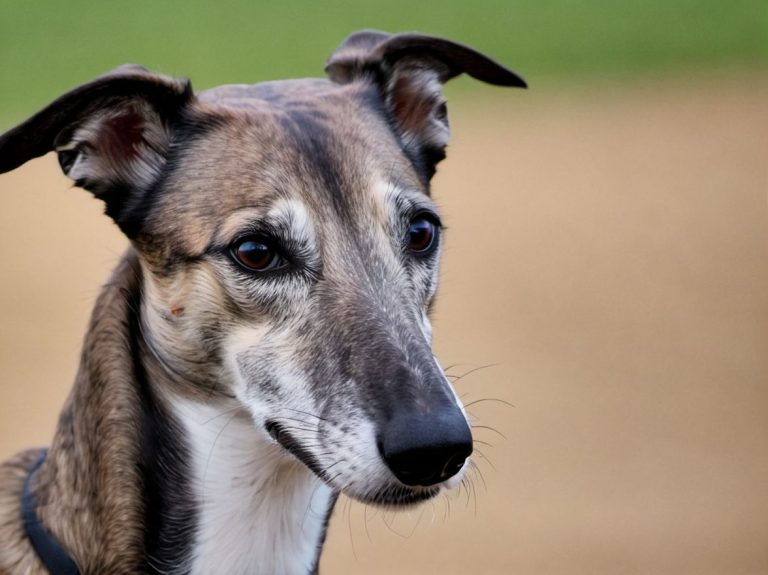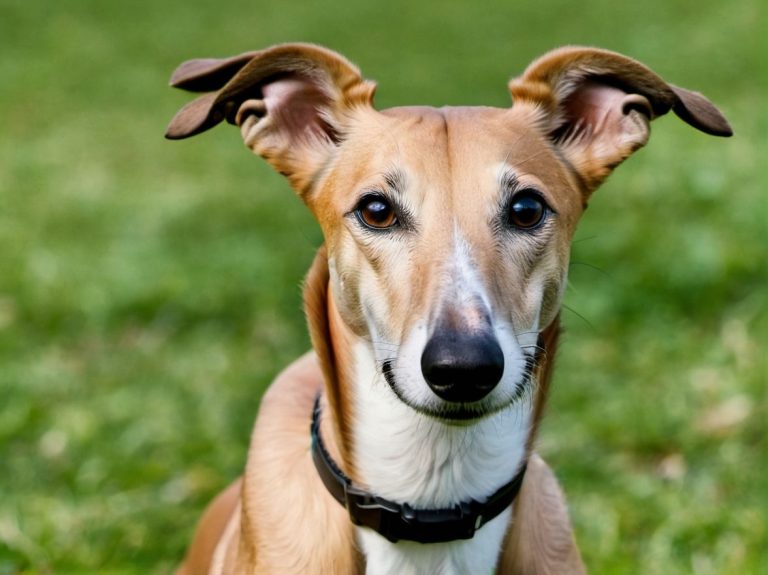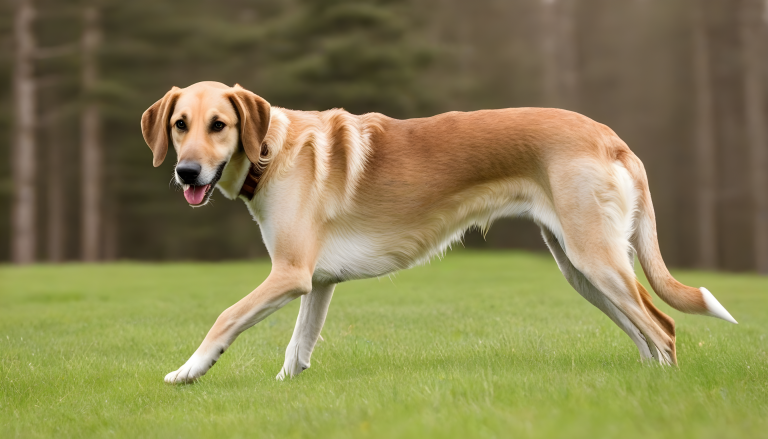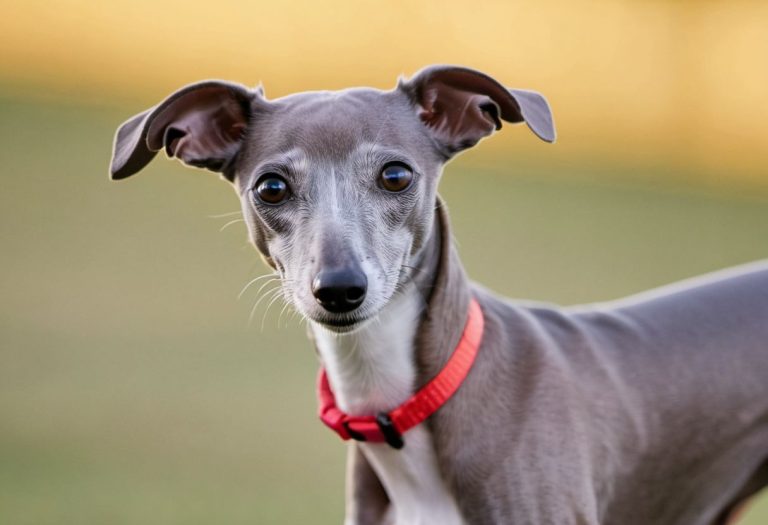PHARAOH HOUND: A Symbol of Loyalty
Discover the elegance and grace of the Pharaoh Hound, an ancient breed revered for its beauty and loyalty. From its origins in ancient Egypt to its role as a beloved family pet today, learn all about the Pharaoh Hound’s intelligence, affectionate nature, and unique traits.
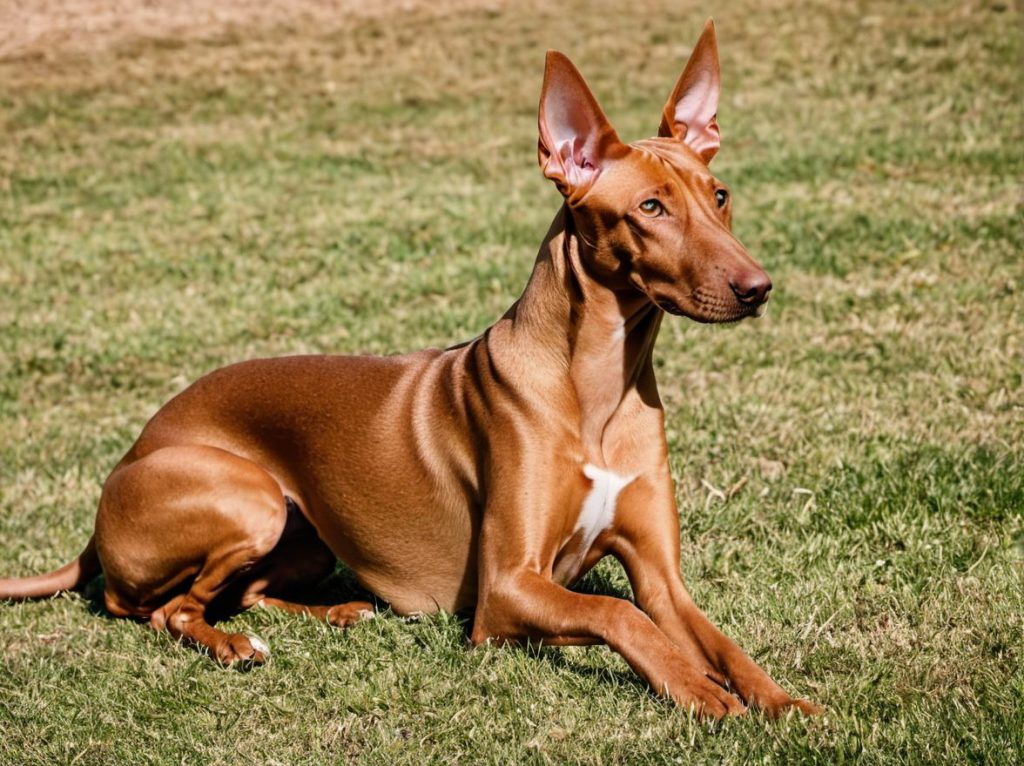
The Pharaoh Hound, also known as the Kelb tal-Fenek, is a captivating and ancient canine breed originating from the sun-soaked Mediterranean island of Malta.
Renowned for its friendly and affectionate demeanor, they forms strong bonds with its human companions, displaying a playful and active nature suitable for families.
Let’s get started to explore about their history, temperament, grooming and much more.
History
The history of the Pharaoh Hound is as intriguing as the breed itself. This hound is originating from the Mediterranean island of Malta, it is believed to be one of the oldest domesticated dog breeds, with roots tracing back over 2,000 years. Despite its name, this breed has no direct connection to ancient Egypt; instead, its moniker likely stems from its resemblance to dogs depicted in ancient Egyptian art.
This breed is originally known as the Kelb tal-Fenek, meaning “rabbit dog” in Maltese, this hound dog was specifically bred for hunting rabbits. Its development was shaped by the need for a swift and agile hunting companion, capable of navigating the rocky terrain of Malta with ease. The breed’s remarkable athleticism and keen senses made it an invaluable asset to Maltese hunters.
Despite its ancient lineage, the Pharaoh Hound only gained international recognition in the mid-20th century. It was officially recognized by major kennel clubs, including the American Kennel Club (AKC), in the 1970s.
Today, the Pharaoh Hound is appreciated not only for its historical significance but also for its graceful appearance, friendly temperament, and versatility as a companion animal.
Appearance
Pharaoh Hound is a medium-sized dog with a sleek, muscular body. They have a distinctive coat that is short and glossy, usually in shades of tan or chestnut with white markings on their chest, feet, and tail tip. One of their most notable features is their deep chest and long, elegant neck, giving them a regal appearance. This hound has a graceful and athletic build, reflecting their heritage as hunting dogs in ancient Egypt.
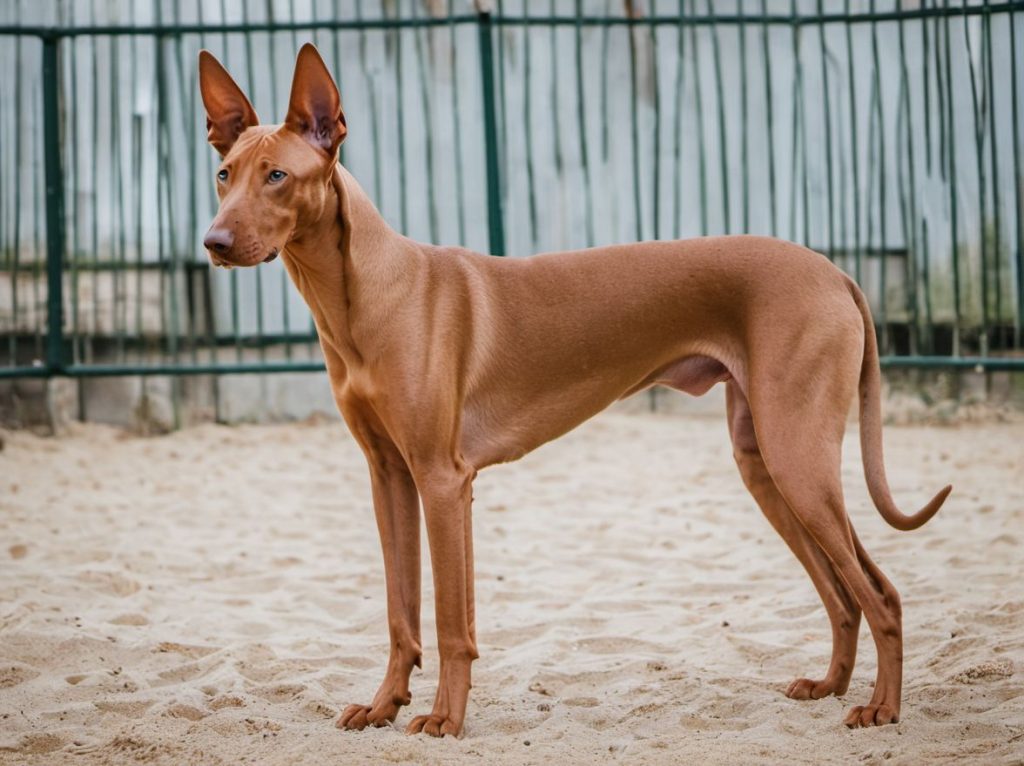
Physical Characteristics
Height
- Male 23-25 inches
- Female 21-24 inches
Weight
- Male 45-55 pounds
- Female 40-50 pounds
Coat
The coat is sleek and fine.
Color
The colors are:
- Tan
- Chestnut
- White markings (on chest, toes, and tip of the tail)
Eyes
This hound has amber eyes.
Ears
He has large and bat-like ears that stand erect when alert.
Tail
The tail is long and slender, carried down at rest and raised in a curve when alert or excited.
Lifespan
The average lifespan is around 12-14 years.
Temperament
The Kelb tal-Fenek, is known for its friendly and affectionate temperament, displaying loyalty to its family. He is intelligent and playful; it can be independent but responds well to positive reinforcement in training. Sensitivity and a reserved behavior around strangers highlight their unique personality, while their hunting heritage contributes to a curious and active nature. They are adaptable, good with children, and form strong bonds, making them delightful and versatile companions.
Grooming
This hound breed has a short, fine coat that requires minimal grooming. Regular brushing with a soft brush can help keep their coat clean and reduce shedding. This breed tends to be a clean dog with no strong odor, and they often groom themselves like cats. Routine care includes dental hygiene, nail trimming, and ear cleaning. As with any dog, regular veterinary check-ups are important to monitor overall health and address any specific grooming needs.
Training
Training this rabbit dog involves a balanced approach that appreciates their intelligence, independence, and sensitivity. Early age socialization is crucial to expose them to various people, environments, and situations, reducing any potential shyness. Positive reinforcement methods, such as treats and praise, work well with this breed, as they respond better to rewards than harsh correction.
Obedience training should be consistent, incorporating mental stimulation to keep them engaged. Due to their hunting background, they may have a strong prey drive, so recall training and a secure leash are essential during walks. While they can show an independent streak, forming a strong bond based on trust and positive interactions will result in a well-behaved and loyal companion.
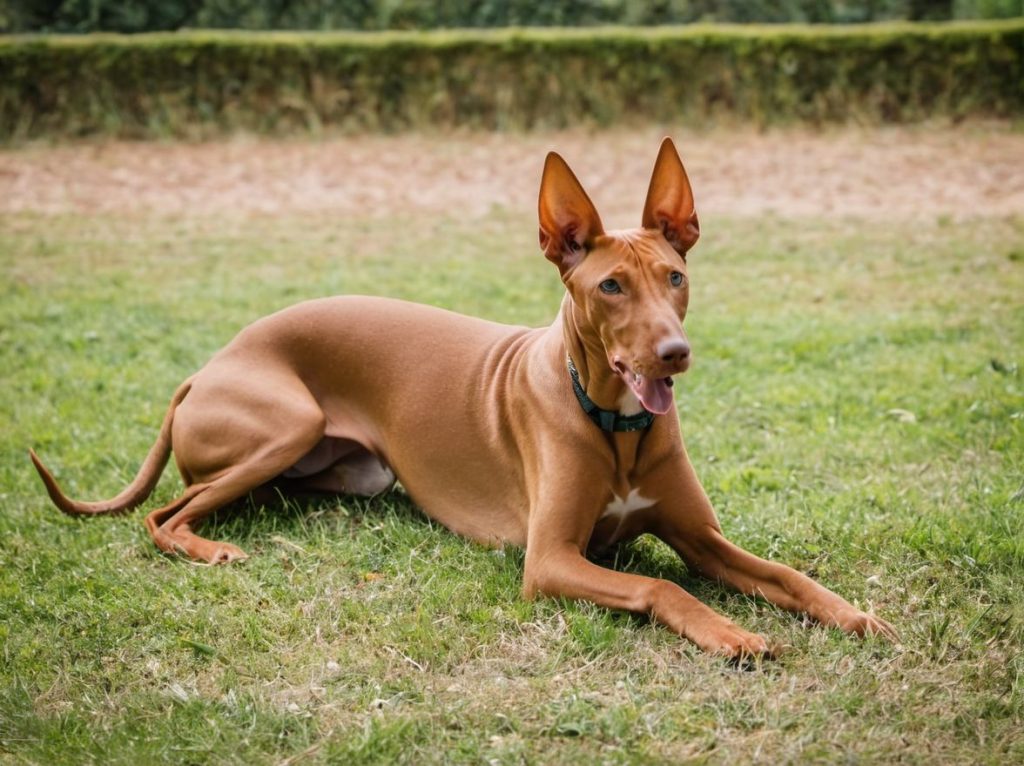
Exercise
This breed is an athletic and high-energy breed, requiring regular exercise to maintain physical and mental well-being. Daily activities should include brisk walks, interactive play sessions, and opportunities to run in a securely fenced area. This breed’s hunting background may manifest in a strong desire to explore, so a stimulating environment with varied scents and experiences is beneficial. Due to their agility, activities like agility courses or even organized dog sports can be enjoyable for them.
Nutrition
Providing a well-balanced and nutritious diet is essential for the health and well-being. High-quality commercial dog food that suits their age, size, and activity level is typically recommended. Like all dogs, they benefit from a diet that includes a proper balance of protein, fats, carbohydrates, vitamins, and minerals.
It’s important to monitor their weight and adjust the portion sizes accordingly to prevent obesity. Regular access to fresh water is crucial to keep them well-hydrated. Some owners may choose to feed a raw or homemade diet, but consultation with a veterinarian is advised to ensure all nutritional needs are met.
Health Concerns
These dogs are generally a healthy and hardy breed, but like all dogs, they can be prone to certain health issues. Some common health issues may include:
Hip Dysplasia
This is a common orthopedic issue in many dog breeds, including these hounds. It involves an abnormal development of the hip joint, leading to arthritis and discomfort.
Patellar Luxation
This condition occurs when the kneecap (patella) dislocates from its normal position. It can cause lameness and discomfort, and in severe cases, surgery may be required.
Epilepsy
They can be prone to epilepsy, a neurological disorder characterized by recurrent seizures. Medication and careful management are typically required to control seizures.
Allergies
Some rabbit dogs may develop allergies, which can manifest as skin irritations, itching, or gastrointestinal issues. Identifying and avoiding allergens, along with veterinary guidance, can help manage allergies.
Bloating
This is a serious and potentially life-threatening condition that can affect deep-chested breeds like him. It involves the stomach twisting on itself, leading to gas buildup. Immediate veterinary attention is crucial if bloat is suspected.
Eye Conditions
Progressive Retinal Atrophy (PRA) is a genetic disorder that can lead to blindness. Regular eye check-ups are recommended to detect and manage eye conditions early.
Dermoid Sinus
This is a congenital condition where a tube-like hole or tunnel forms under the skin. It is more common in breeds with a ridge on their back, but it can occur in this breed as well.
Bottom Line
The Pharaoh hound is a unique and ancient breed with a combination of elegance, athleticism, and a friendly temperament. Whether as a companion or a skilled hunter, this breed has proven to be a versatile and loyal member of the canine community.
FAQs (Frequently Asked Questions)
Q: Are Pharaoh Hounds suitable for apartment living?
While Pharaoh Hounds can adapt to apartment living, they require regular exercise. Access to a secure outdoor area for play and exercise is beneficial for meeting their energy needs.
Q: Do these hounds get along with other pets?
These hounds can get along with other pets, especially if they are socialized from an early age. However, their hunting instinct may make them inclined to chase smaller animals.
Q: Are Kelb tal-Feneks good with children?
Yes, Kelb tal-Feneks, are generally good with children. They form strong bonds with their families and can be playful and affectionate with kids. However, as with any dog breed, supervision is recommended.
Q: Can Pharaoh Dogs be off-leash trained?
While Pharaoh Dogs are intelligent, their hunting instincts can make off-leash training a gradual process. Consistent training and a secure environment are essential.
Q: Do they have any unique behaviors?
Yes, they are known for a behavior often referred to as “blushing.” When excited or happy, their noses and ears may turn a rosy color, adding to their distinctive appearance.
Q: Are Pharaoh Hounds good for first-time dog owners?
Pharaoh Hounds can be suitable for first-time dog owners who are willing to invest time in training and socialization. Their intelligence and adaptability make them trainable, but consistent positive reinforcement is key.
Q: Are Pharaoh Hounds prone to separation anxiety?
Like many breeds, Pharaoh Hounds can develop separation anxiety if left alone for extended periods. Proper training and gradual acclimatization to being alone can help prevent this.
Q: Do these rabbit dogs bark a lot?
Pharaoh Hounds are not known for excessive barking. While they may bark to alert their owners, they are generally not considered to be a very vocal breed.

